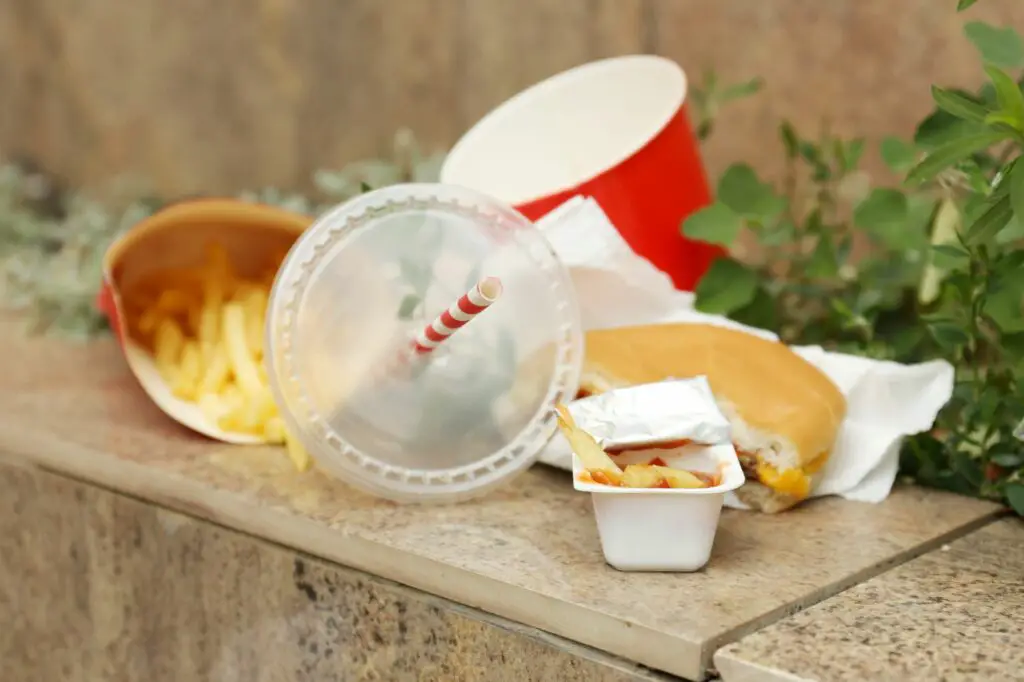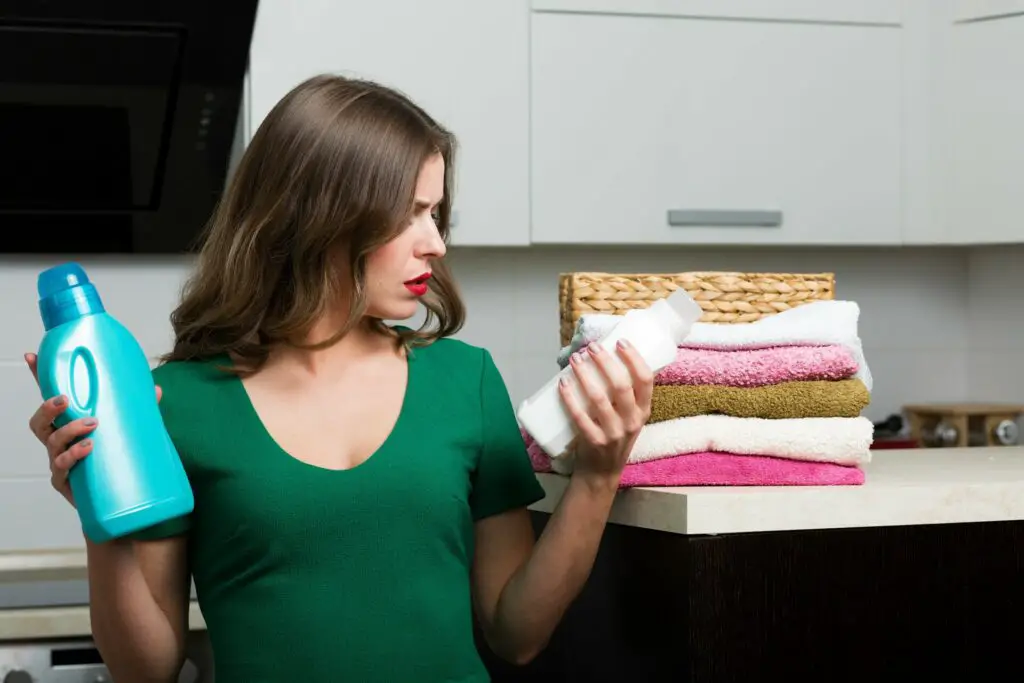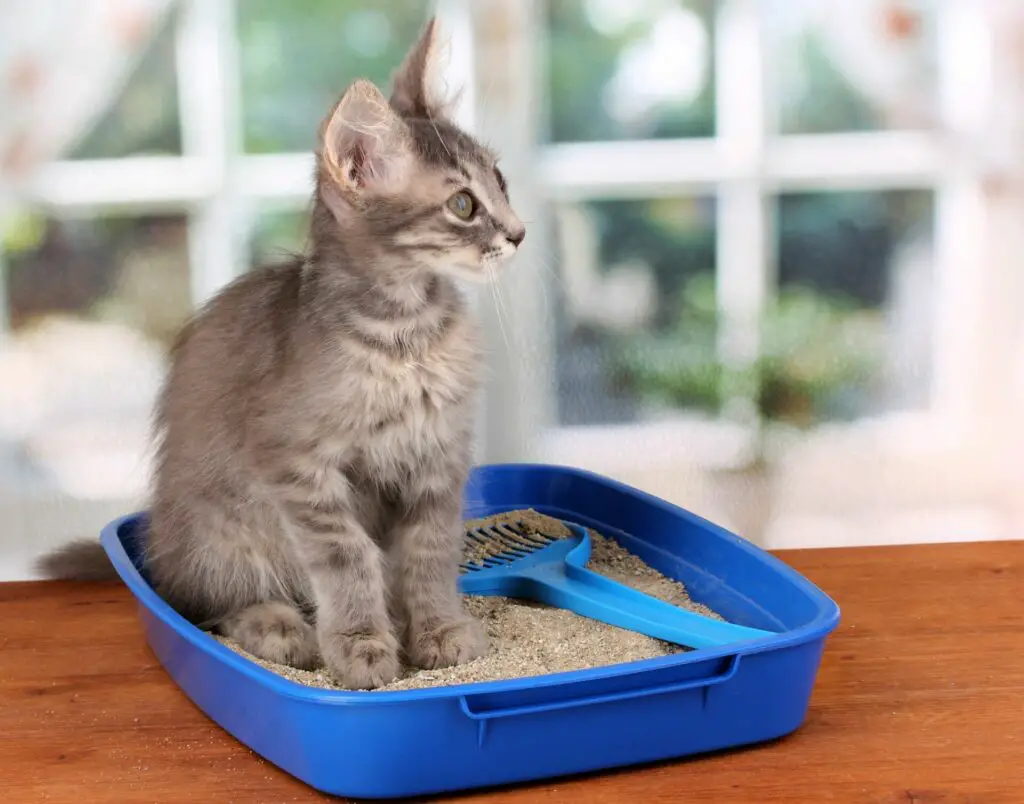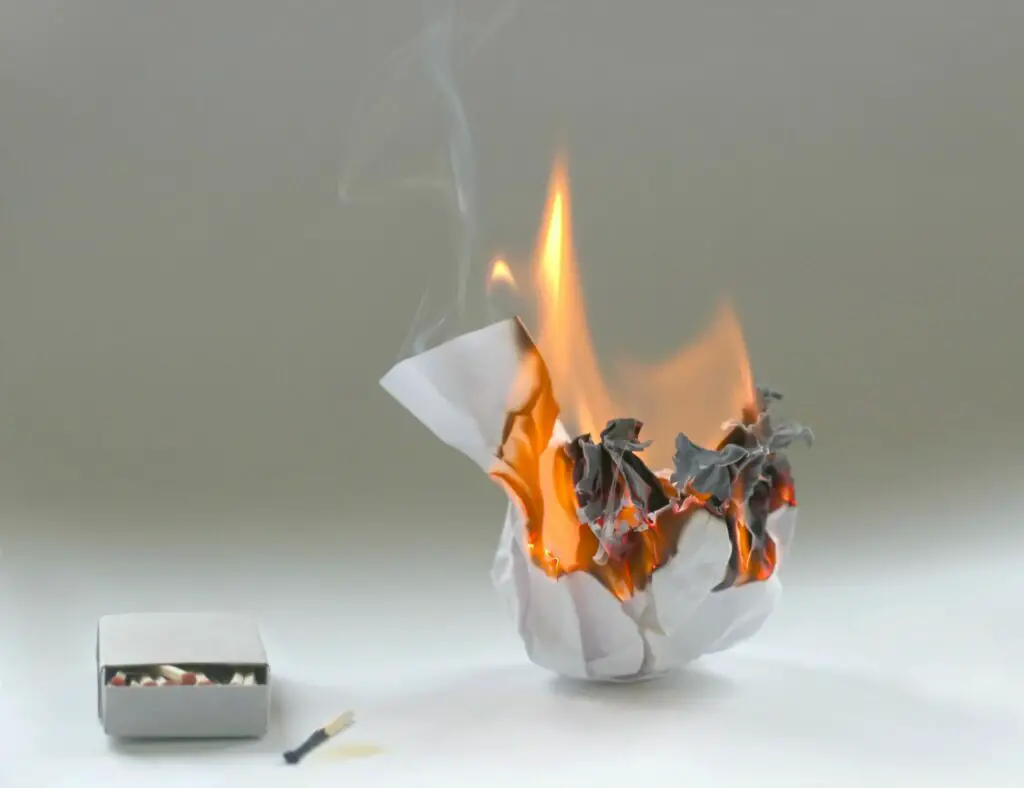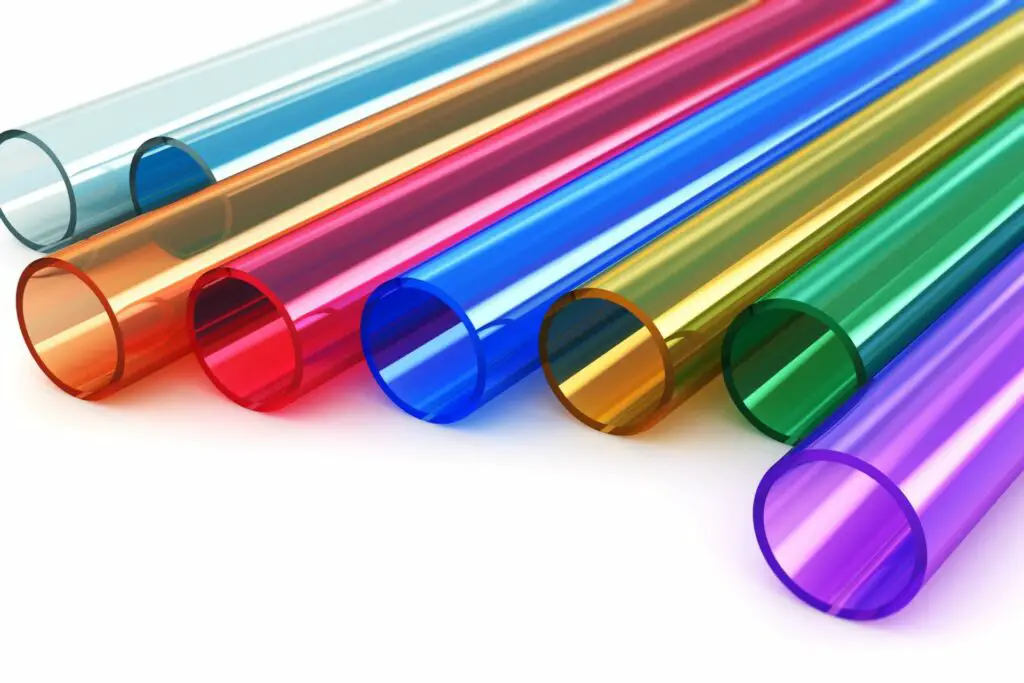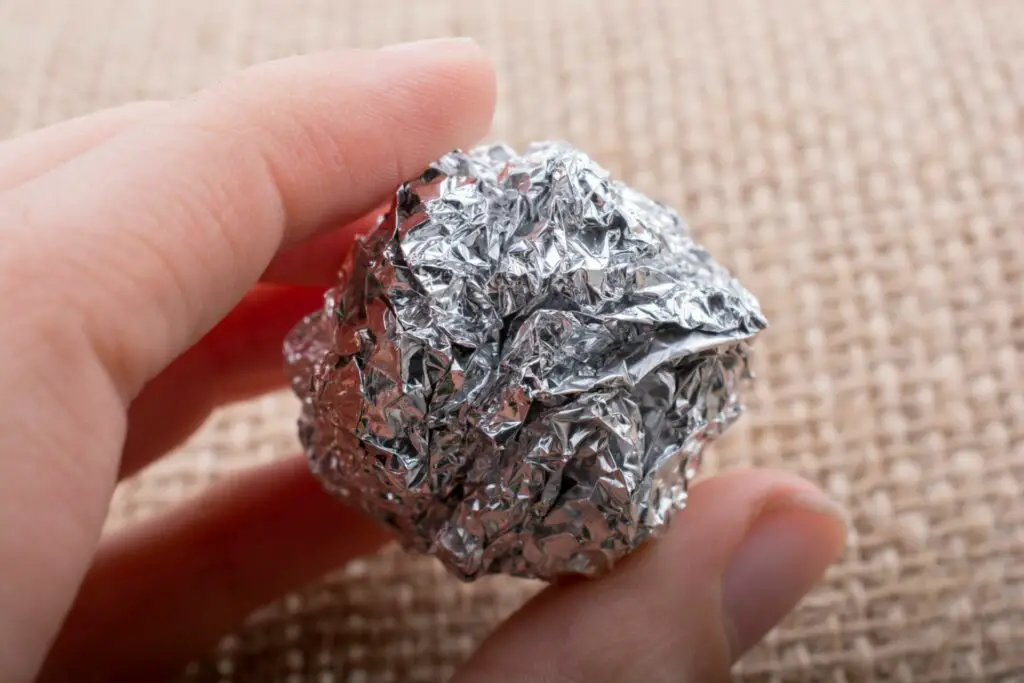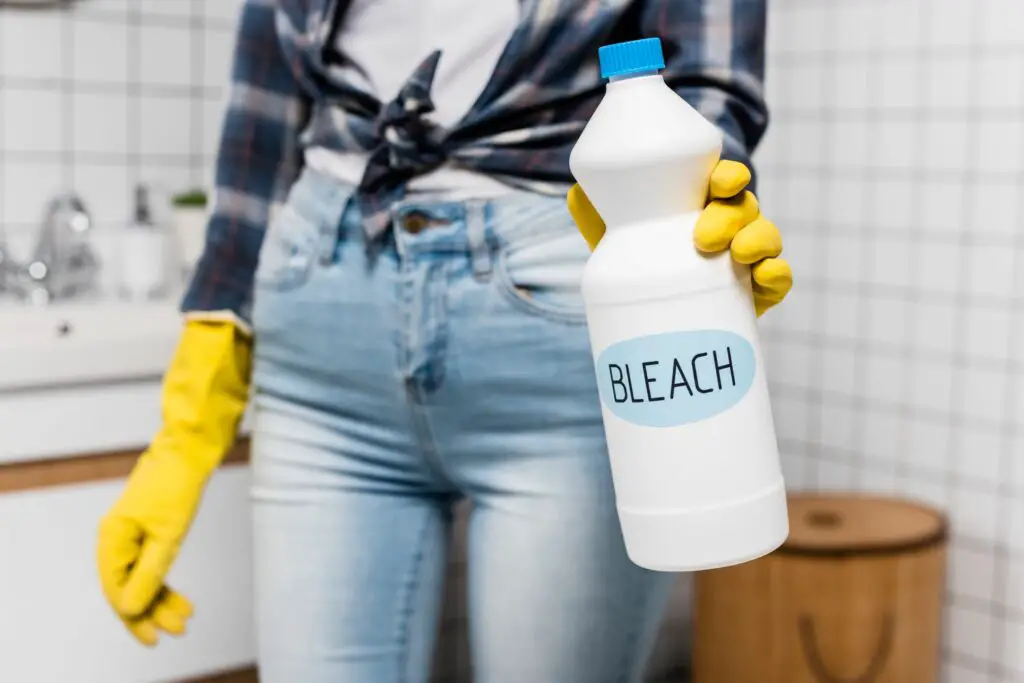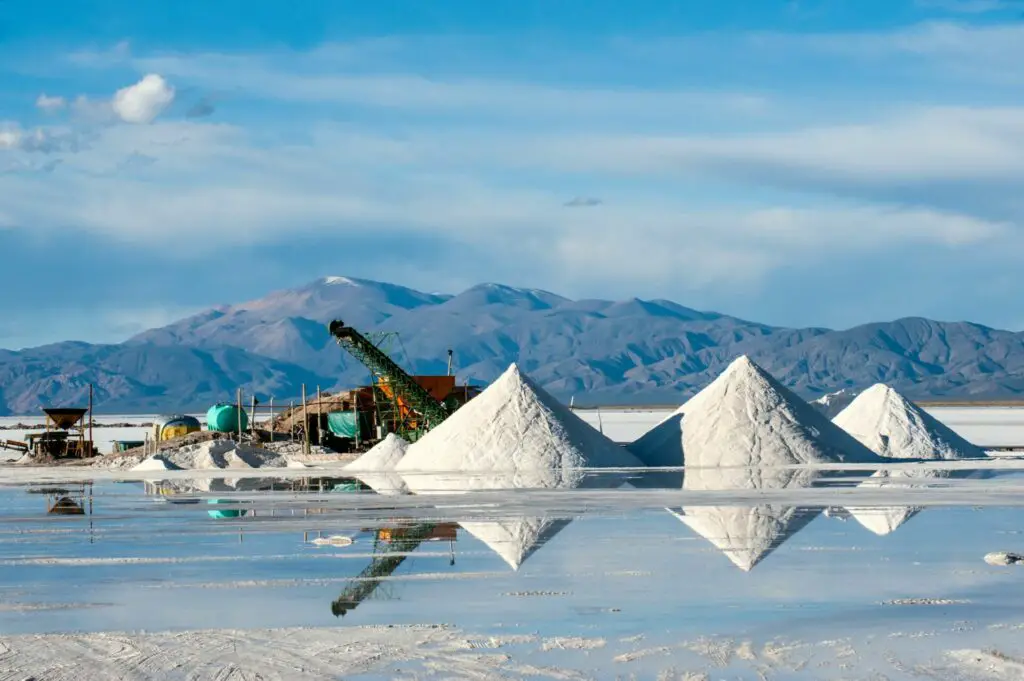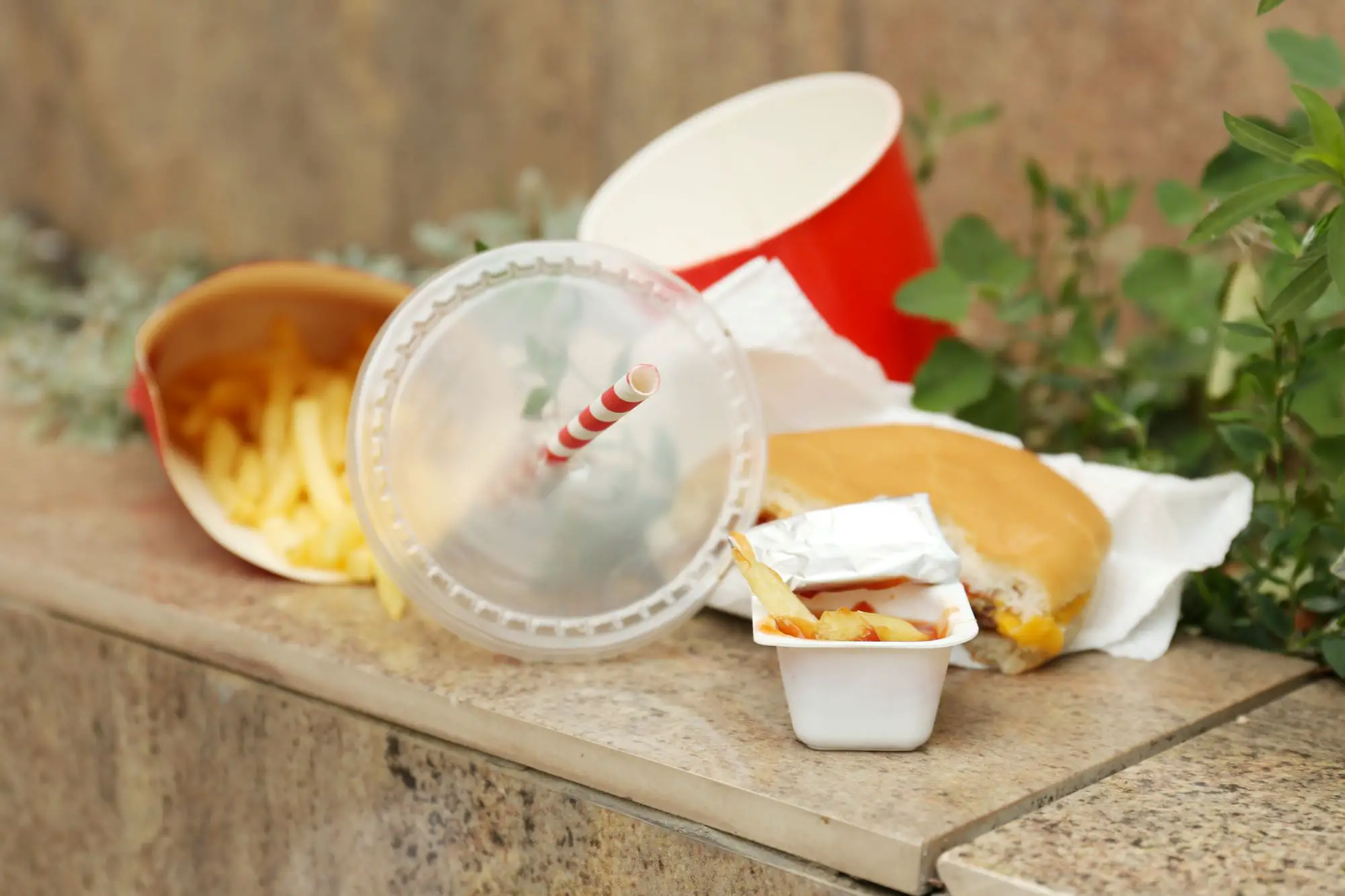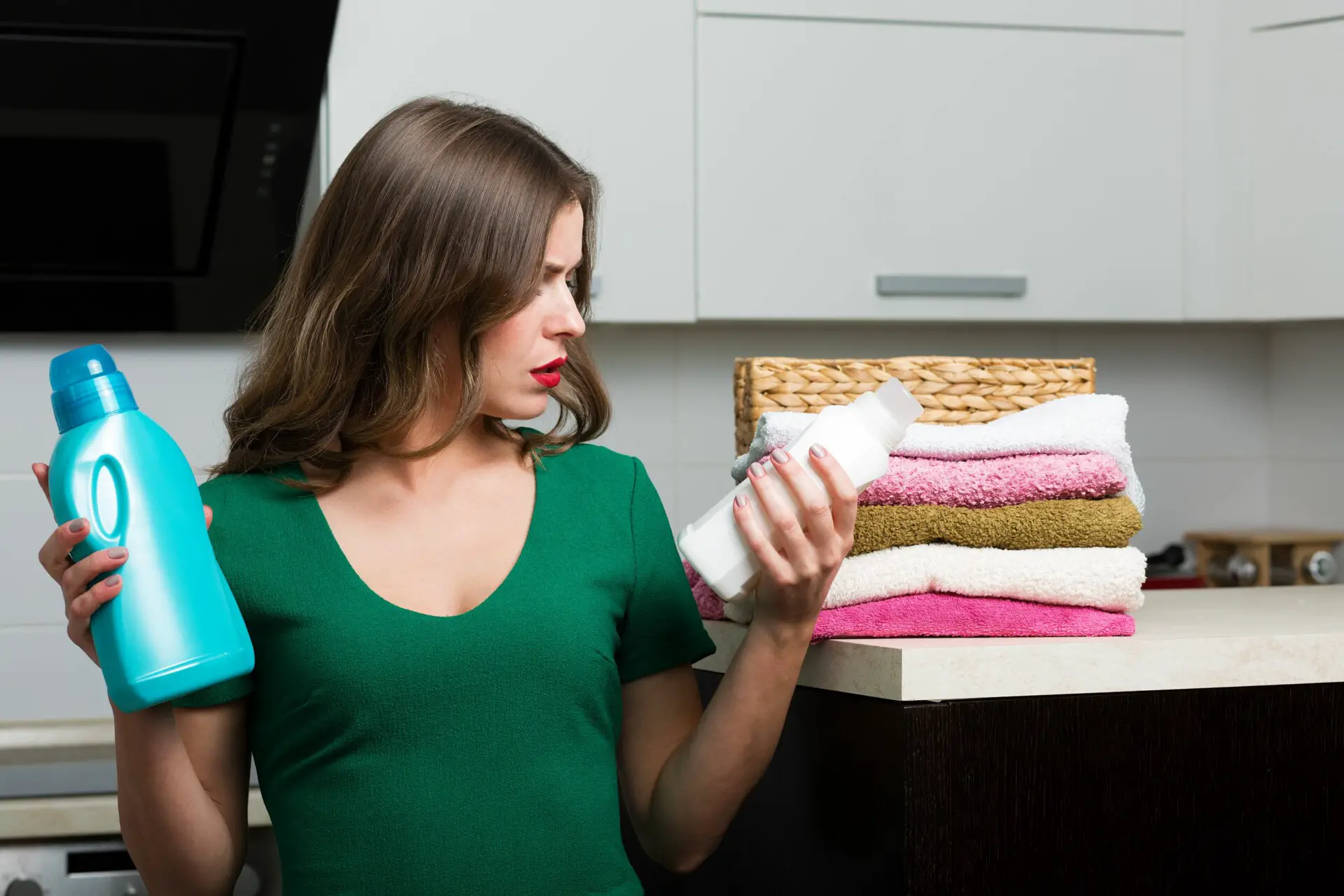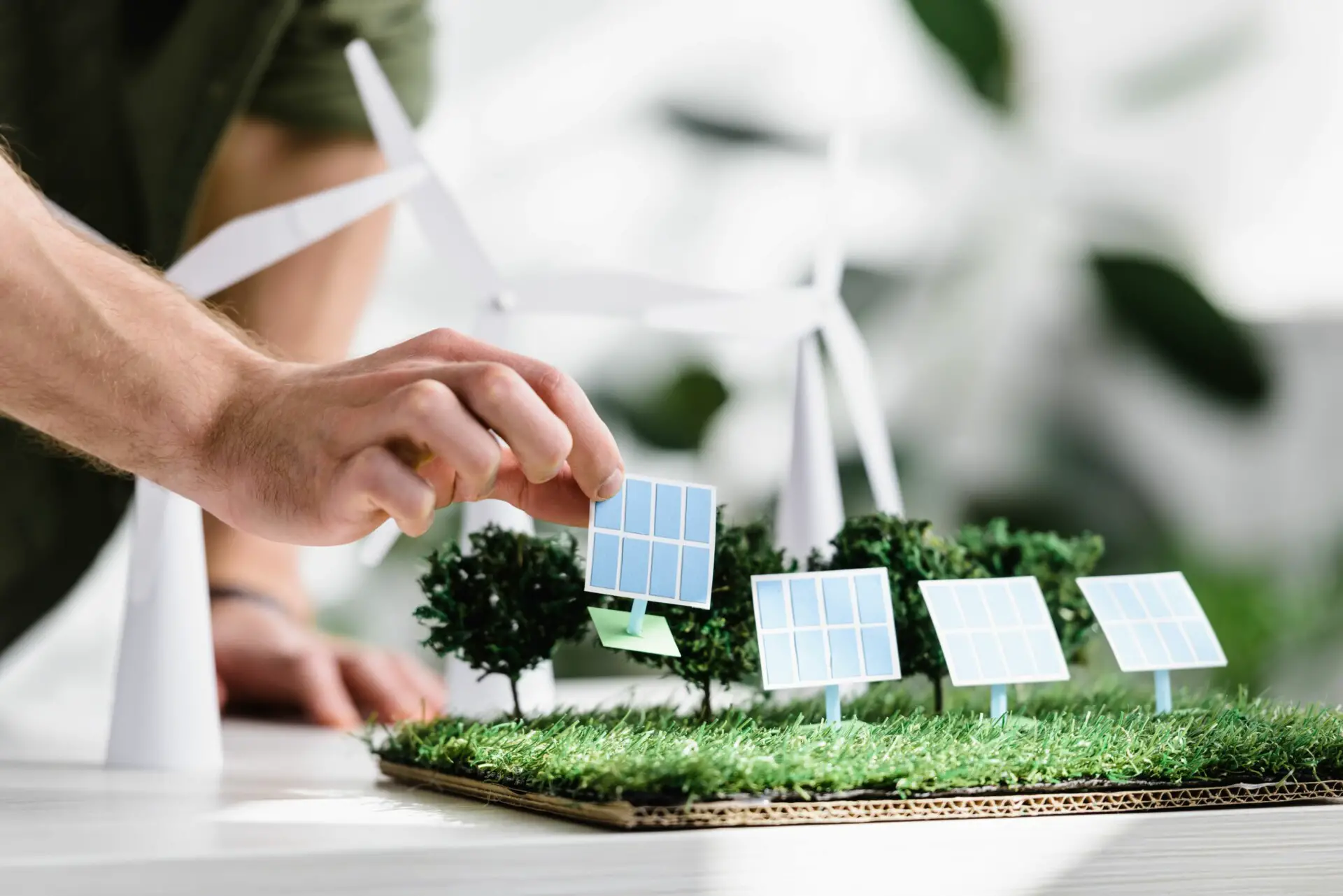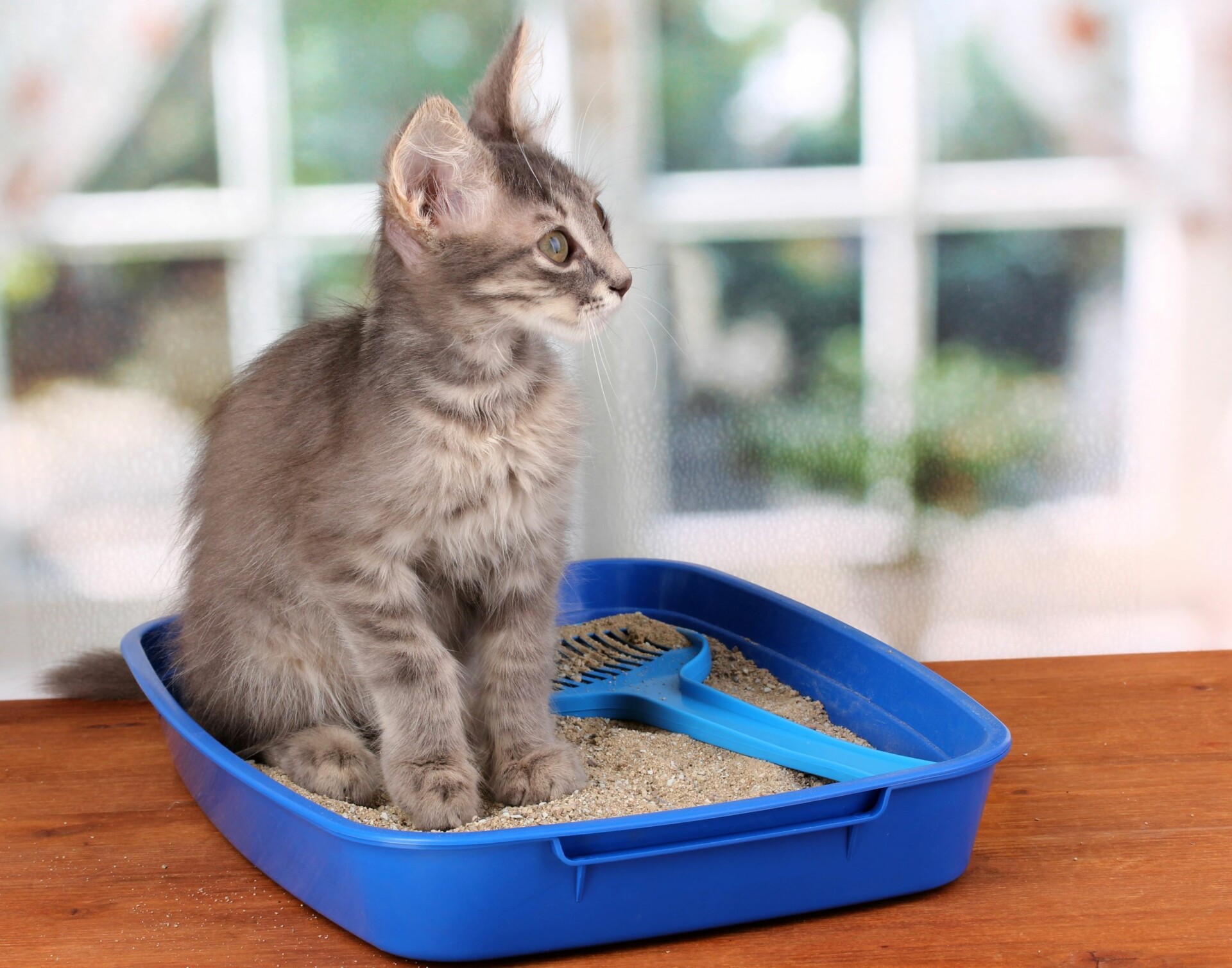While bath bombs might provide a relaxing experience, everything has an environmental impact.
Bath bombs can be bad for the environment because many ingredients are non-renewable and some can be toxic.
The scale of the environmental impact depends on the ingredients used in a particular bath bomb.
Here’s what you need to know about how sustainable bath bombs are.
1. What Are Bath Bombs Made Of?
Bath bombs are mostly made from baking soda and citric acid.
Some will also contain cornstarch, Epsom salts, and even talc.
Bath bombs can be scented with essential oils and synthetic fragrances.
They can be colored with herbs, but more commonly, they contain mica and titanium dioxide for color.
You can also find glitter in bath bombs.
2. Are Bath Bombs Sustainable?
Many of the ingredients in bath bombs are not sustainable.
For example, one of the main ingredients – baking soda – is not renewable.
It is often sourced via mining, and the ore is converted into soda ash by heating it or chemical processes.
Mining is hugely detrimental to the environment and can produce water, air, and soil pollution.
It can also cause physical damage to the environment by causing soil erosion and soil instability.
Mining contributes to around 8% of greenhouse gas emissions worldwide.
Essential oils, citric acid, and cornstarch are renewable resources since they come from plant-based sources like flowers, fruit, and corn kernels, respectively.
Meanwhile, Epsom salts are made when water is evaporated from magnesium sulfate-rich lakes, although it is also found in mines and limestone caves.
So, mining for Epsom salts is also detrimental to the environment.
Talc is also sourced via mining, which is unsustainable.
3. Do Bath Bombs Pollute the Environment?
Bath bombs can pollute the environment.
Since all drains lead to the ocean, the compounds in bath bombs can easily enter waterways.
It’s very common to find glitter in bath bombs, and both synthetic and biodegradable glitter can cause pollution.
Regular glitter is made from plastic (polyethylene terephthalate) and aluminum, so making these materials in the first place causes pollution (more on that here).
Moreover, neither plastic nor aluminum are renewable or biodegradable.
Biodegradable glitter is usually made from polylactic acid (PLA), which comes from plant-based sources, like cornstarch.
Although PLA is technically biodegradable via industrial composting, you would not be able to send the glitter from a bath bomb to these facilities as it washes down the drain.
Research found that PLA mixed with modified polyvinyl alcohol (PVA) broke down more in seawater than regular PLA – but most biodegradable glitter is pure PLA.
Glitter from bath bombs can easily enter waterways, where animals like seagulls, plankton, and fish consume it (more on that here).
Glitter can have sharp edges and create tears in their digestive systems.
While biodegradable glitter and regular glitter are small, they can easily accumulate as there are countless other pieces of microplastics in the ocean.
Marine animals can starve to death if their stomachs are full of inedible items like glitter, especially smaller creatures like plankton.
Epsom salts, on the other hand, may be somewhat beneficial for the environment.
Epsom salts are recommended to gardeners whose plants are experiencing magnesium deficiency.
So, Epsom salts can benefit the plant life around the septic system’s leach field.
With that said, an excessive amount of Epsom salts can harm plants by scorching leaves and inhibiting calcium uptake.
Research found that fish with a high cornstarch diet experienced reduced growth and immunity.
Some bath bombs are dyed with herbs, which are renewable and biodegradable, while others are dyed with mica and titanium dioxide.
Research found that titanium dioxide can become toxic to marine life when it reacts with sunlight. In particular, it’s harmful to marine phytoplankton.
Mica can either be synthetic or natural. Natural mica comes from muscovite rock, which is sourced via mining, while synthetic mica comes from plant cellulose.
Natural mica may contain traces of metals like aluminum, lead, cadmium, and mercury, which are toxic to humans and marine life (study, study, study).
Although essential oils come from plants, they can also act as a pollutant since they do not break down in the water.
It’s difficult to discern the environmental impacts of fragrance extracts and fragrance oils.
Although some come from plants, the ingredient lists on bath bombs rarely specify what is in these scents.
With that said, research found synthetic musk was harmful to mussels.
Fragranced products can emit volatile organic compounds (VOCs), which contribute to air pollution and studies show that some of them are harmful and even toxic.
In fact, some of the VOCs are even carcinogens or can interact with compounds in the air and form other toxic chemicals like formaldehyde.
Another possible ingredient in bath bombs is talc, which is not regarded as harmful to the environment.
However, it is not unheard of for talc to contain asbestos, which can pollute the ocean, air, and soil.
In humans and animals, asbestos has been linked with pulmonary diseases and cancer. It is also harmful to plant life.
4. Are Bath Bombs Toxic?
Although bath bombs are generally considered safe, some ingredients may be toxic.
As mentioned earlier, natural mica may contain toxic traces of heavy metals, while titanium dioxide can be toxic to marine life.
Talc containing asbestos is also toxic to humans and animals since it can increase the risk of cancer and result in poor lung health.
If the bath bombs are scented, some fragrances may emit potentially harmful VOCs.
All of these risks are most likely very low, but you might prefer to choose bath bombs with fewer and less problematic ingredients, or maybe even make your own DIY bath bombs at home.
Studies found that baking soda is acutely toxic to marine life.
Since baking soda is an alkaline substance, allowing it to accumulate in waterways can potentially alter the pH of the water.
A higher pH can harm fish by damaging the skin, eyes, and gills and can also reduce biodiversity, growth, and reproduction.
However, bath bombs generally do not have this effect since it’s unlikely that the baking soda goes down the drain without reacting with the citric acid first.
During this reaction, baking soda and citric acid neutralize each other, leaving behind only water and carbon dioxide.
In fact, this reaction is why bath bombs create fizz.
5. Are There Eco-Friendly Bath Bombs?
Some bath bombs are greener than others.
These bath bombs are usually zero-waste, talc-free, and glitter-free.
They might also be free from harmful dyes and scents.
But these are not entirely green, just more sustainable than other kinds of bath bombs.
It is impossible to make bath bombs free from baking soda because the baking soda must react with citric acid to produce bubbles.
As mentioned earlier, these compounds neutralize each other, so the bigger environmental concern is with how baking soda is sourced.
So, for the foreseeable future, you cannot make bath bombs with entirely renewable ingredients.
6. What Are Eco-Friendly Alternatives to Bath Bombs?
Flower Petals
Flower petals are renewable and biodegradable.
Lots of bath bombs contain glitter and synthetic flower petals, so real petals are a greener choice.
Light a Candle
You can replicate the scent of a bath bomb by lighting a candle.
Soy candles, or other natural waxes like palm and coconut, scented with essential oils, are made from renewable ingredients.
These candles are often biodegradable – depending on the other ingredients.
Candles are also typically used multiple times.
Learn more about truly eco-friendly candles in our article here.
Underwater LED Lights
Underwater LED lights come in different colors, so they can somewhat recreate the illusion of bath bombs.
Bath bombs are single-use products, so there is always a demand to produce more of them, whereas underwater LED lights can be reused time and time again.
You Might Also Like…
- Is Fast Food Bad for the Environment? (& What You Can Do)
- Is Fabric Softener Bad for the Environment? (+5 Eco-Friendly Options)
- Is Fuel Dumping Bad for the Environment? (& How Often It Happens)
- Is Electricity Generation Bad for the Environment? (What You Should Know)
- Is Dry Cleaning Bad for the Environment? (4 Surprising Facts)
- Is Diamond Mining Bad for the Environment? (Important Facts)
- Is DEET Bad for the Environment? 4 Effects (You Should Know)
- Is Cat Litter Bad for the Environment? (5 Common Questions)
- Is Burning Cardboard Bad for the Environment? (6 Facts)
- Is Burning Paper Bad for the Environment? (6 Surprising Facts)
- Is Burning Leaves Bad for the Environment? (7 Quick Facts)
- 4 Natural Cleaners for Quartz Countertops
- 6 Eco-Friendly Acrylic Paint Brands (For Sustainable Artists)
- 5 Eco-friendly Alternatives to Acrylic Paint (& How to Make Them)
- Is Acrylic Paint Bad for the Environment? (7 Quick Facts)
- Is Acrylic Yarn Bad for the Environment? 8 Crucial Facts
- Is Acrylic Bad for the Environment? (8 Quick Facts)
- Is Aluminum Foil Bad for the Environment? 7 Quick Facts
- Is Bleach Bad for the Environment? 6 Crucial Facts
- Is Lithium Mining Bad for the Environment? 6 Crucial Facts


